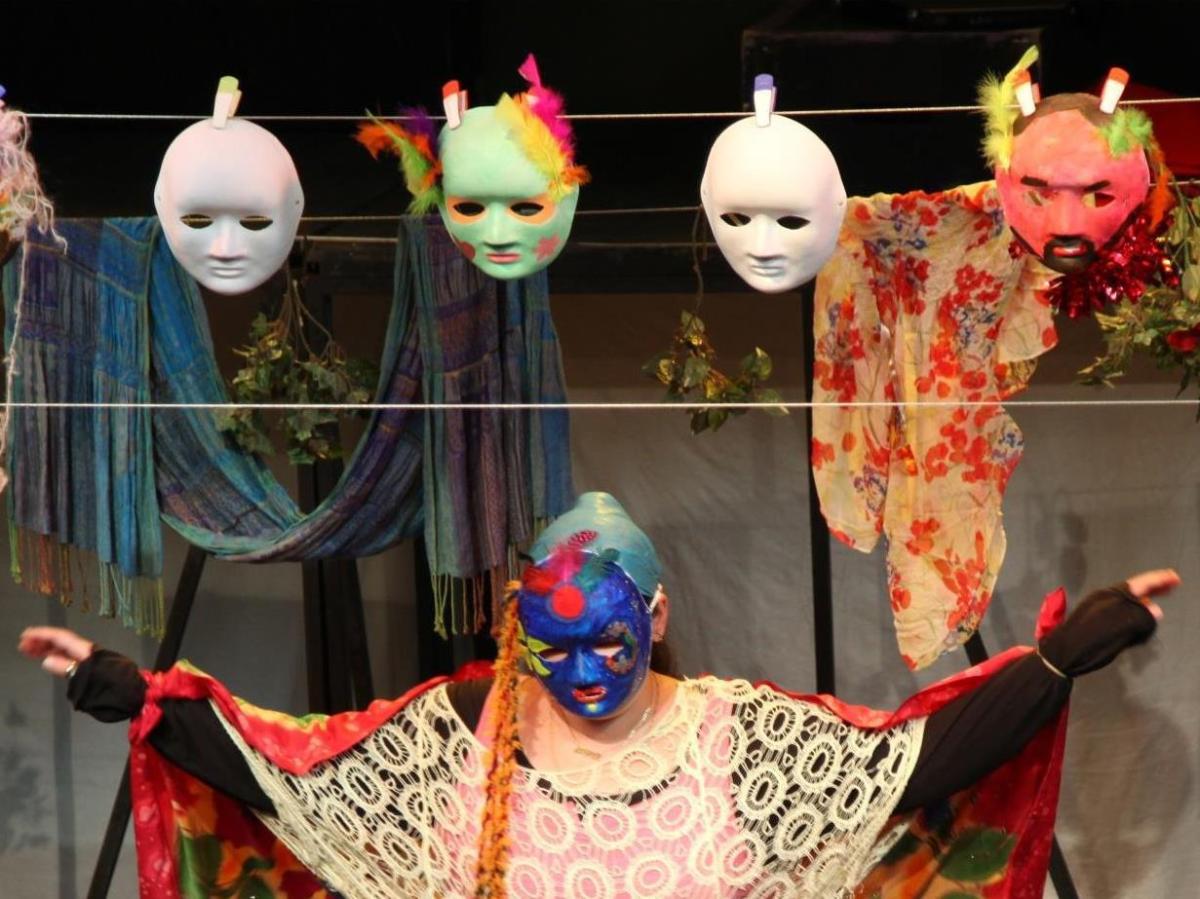Image via www.lamama.com.au
La Mama has always been committed to inclusivity. For nearly 50 years, we have opened the doors to individuals and groups of all abilities. With no quotas to fill or an agenda to tick boxes, we regularly welcome audiences and program artists with a disability for no different reason than we welcome or program anyone else.
Since its inception, La Mama has lived the philosophy that we are all entitled to an equal opportunity. We inherently advocate for accessibility for everyone, including those with a disability.
So why did we develop a Disability Action Plan (DAP) in 2015? We developed this DAP to articulate to a broader audience that we are thinking about ways the people who live on the margins can access the wonderful world of intimate theatre in which we at La Mama are so engrossed. We wanted to take stock, think about what we were doing for people with a disability, articulate the successes that have grown and developed over time, acknowledge our failings, think about the future and
What did we do? Firstly, accepted a very impressive application from a French student intern. Dorine Blaise came to La Mama to do a full time internship, and being particularly interested in our Access program, volunteered her services to do the ground work for the DAP.
I have worked and been involved in disability theatre for a long time in disability theatre and have coordinated La Mama’s Access and Mobile programs, and with the typical excuses of no resources, no time, just getting on with the ‘actual work’ preparing a DAP had for years been an intention that never made it across the line to become a reality. So it was an absolute delight that Dorine was able to lead the way and do this ‘actual work.’
The obvious first step was research. We sent a survey out to audiences, partners, artists, board members, and other La Mama friends and community members. We actively targeted a cross range of people: some who had been to La Mama a hundred times, some had never been, artists, audience members, the general public and both people with and without a disability.
Like any survey, there were limitations as to just how representative this cohort could be. Of course, it’s very easy for the people who are at La Mama, on our website or receiving our enews to sing praises about our accessibility but we were also trying to talk to the people who could provide critical feedback, those that would like to but don’t access La Mama, whether it be for financial, physical, cultural or a range of other possible reasons. We worked with 100 responses, many of which were generously thorough.
From there we made a colourful excel spreadsheet that brought together stats and comments including how information was accessed, how well the physical spaces (La Mama and La Mama Courthouse) support individual needs and the representation of people with a disability in terms of our artistic program. We also asked for people to list suggestions for possible improvements. The comments provided invaluable information about what we were doing well and what we needed to do better.
Overwhelmingly, people were impressed with the inclusion of people with a disability in our artistic program. Most people without a disability commented that the spaces were friendly and accessible. For those with physical disabilities, the space needed significant improvements. There was a lack of opportunities for the deaf community. We were doing some great things. We needed to make improvements.
Alongside the collection of the survey results, Dorine was busy reading a range of relevant local and international resources and DAPs. The lovely people at Arts Access Victoria pointed us in the right direction and over time the ambitions of major multinational organisations and the humble responses of the La Mama community came together to form our first draft. The resource we were creating needed to be realistic, digestible, comprehensive and accessible. As a team, we got our priorities contained to four focus areas, all of which have actions to be implemented and distributed roles and responsibilities across the staff.
The process of creating the DAP included the articulation of the challenges and limitations involved. We had to work out the short, medium and long-term ambitions and outline the steps that need to be undertaken to achieve our aims.
For me, the process has been both valuable and rewarding. I’m confident that the DAP will continue to be a resource that is used in a meaningful way. Thank you to all the people who filled in the survey, engaged in the discussions, and took the time to support this process and document. Thank you particularly to Dorine Blaise who did the ‘actual work.’
The best thing is that the document is a commitment. Genuine inclusiveness has always been at the heart of La Mama and the DAP ensures we will keep it up in the future.
Download the La Mama Disability Action Plan here.




